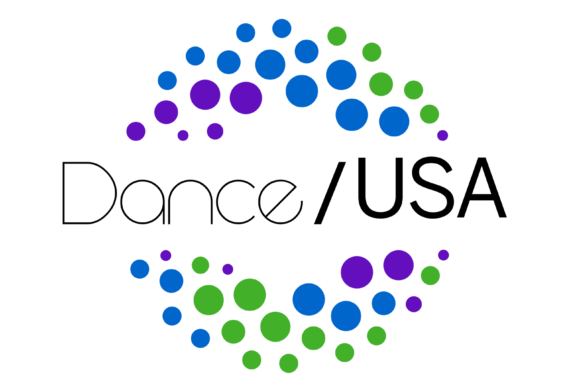Autism-Friendly Performances Offer Potential To Bring In New Dance Audiences
For parents of children on the autism spectrum or families coping with a
member with social cognitive disorders, finding artistic and cultural activities that are appropriate can be challenging, if not impossible. A number of theater and dance companies are beginning to offer these families options for a non-judgmental, expressive theater-going experience. Read on to see how companies are adapting classics like The Nutcracker and creating new works for this small but important — and growing — segment of their audiences.
Building Bridges for Ballet’s Future
What does it take to create a great community outreach dance program at a ballet organization? Some key ingredients include: community need, planning and preparation, good timing, strong program leadership, local funding, a committed community partner, organizational buy-in, engaging curriculum, dedicated instructors, and interested program participants. Read on for former Ailey dancer April Berry’s report on how model ballet programs are built and sustained.
Conference 2013 Report: From Racial Equity to the Future of Dance
From crucial networking sessions for artistic and executive directors to
share programming hits and budgetary misses to paperwork how-to’s for
grants and insurance, to sustaining partnerships and forging bonds in
the community, Dance/USA’s 2013 Annual Conference held June 12-15 in
Philadelphia reflected the wide spectrum of interests and issues
confronting the organization’s members. Read on here for Karyn D. Collins’ report.
Come Dance With Me, part 2
Dance teachers have long known the positive effects of dance training: from improved concentration and grades to better physical health and better behavior. In recent years science has begun to back up what many in the dance field have known instinctively for decades. Read Part 2 of Veronica Hackethal’s article on educational dance programs that tap into the science while transmitting the artistic discipline of dance.
Come Dance With Me
Only recently has science tried to analyze how dance benefits the brain
and brings such joy. One theory holds that, like most exercise, dance
releases a cascade of feel-good chemicals in the brain. Dancing induces
the release of endorphins, the body’s natural pain killers that increase
pain tolerance and boost mood. Endorphins are responsible for the
euphoria experienced during a “runner’s high” and have a similar effect
on the body during dancing. Read on to see how dance educators are using dance to stimulate these brain-boosting effects in children and teens.
- 1
- 2


